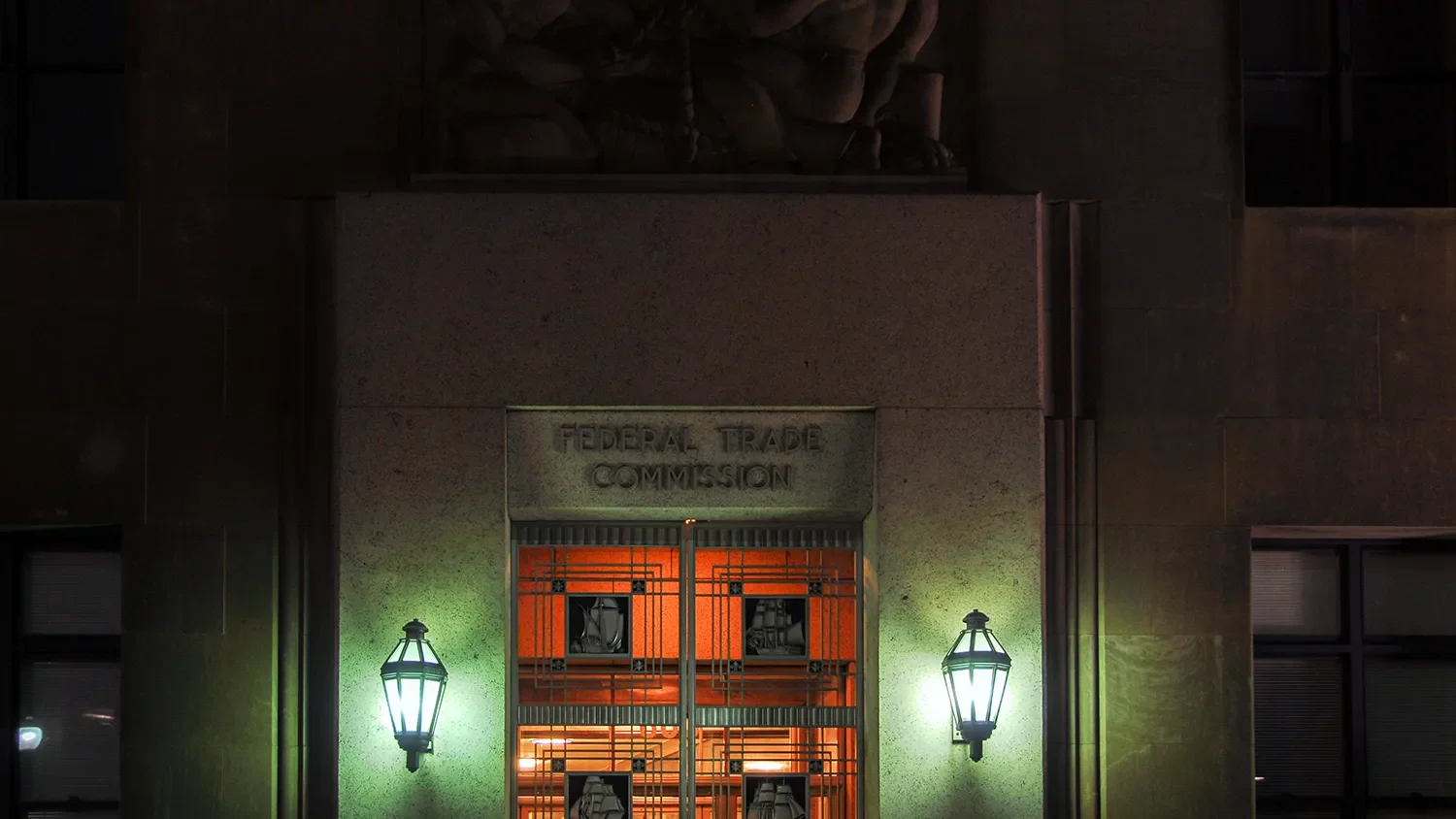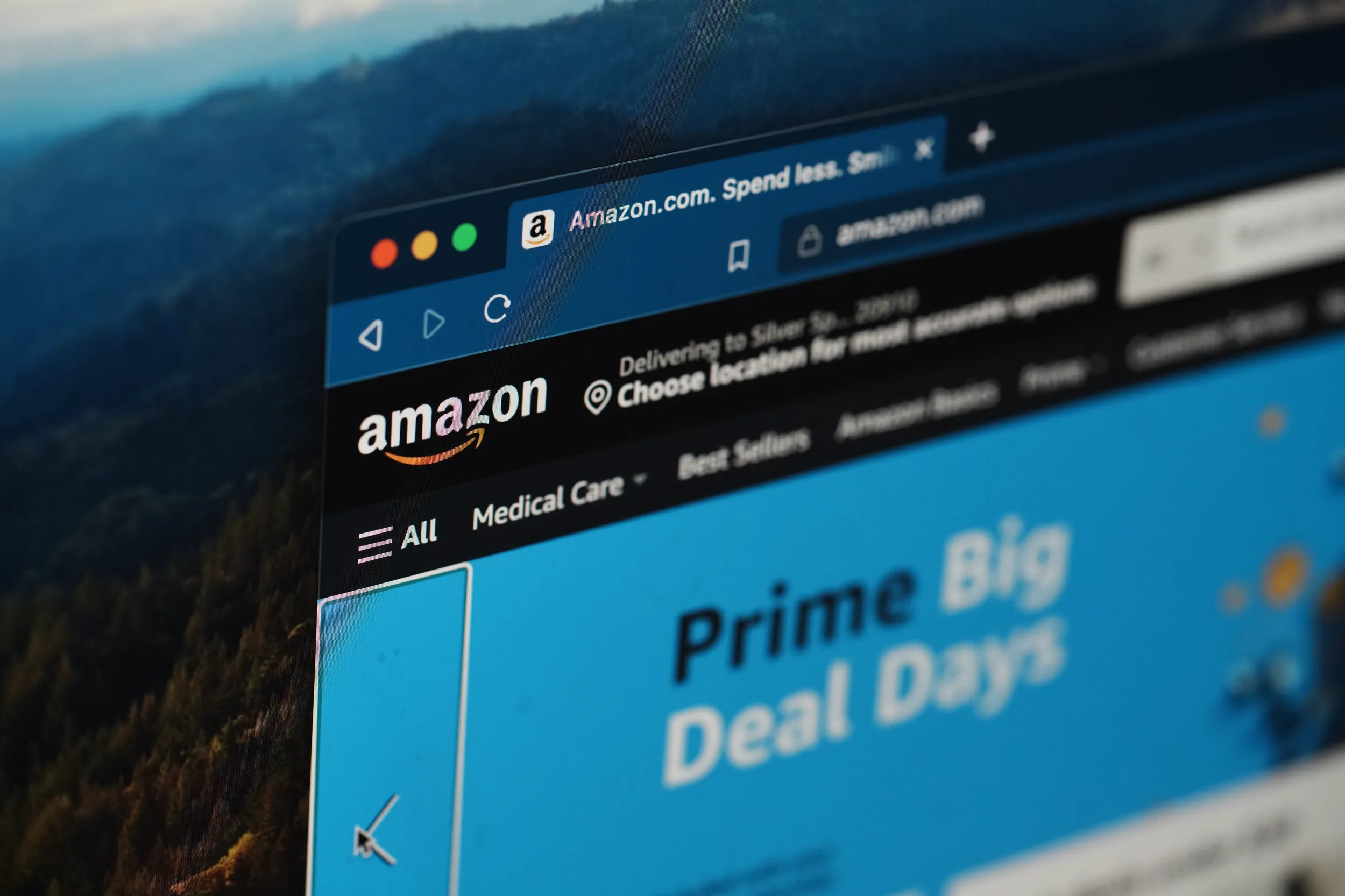Future Markets, Nascent Markets and Competitive Predictions
No one in government or business has a crystal ball. Yet predictions of what is coming in markets characterized by rapid and disruptive innovation seem to be being made more often by competition enforcement agencies these days than in the past. It’s a trend that raises troublesome issues about the role of antitrust law and policy in shaping the future of competition.
Take two examples. The first is Nielsen’s $1.3 billion merger with Arbitron this fall. Nielsen specializes in television ratings, less well-known Arbitron principally in radio and “second screen” TV. Nonetheless, the Federal Trade Commission — by a divided 2-1 vote — concluded that if consummated, the acquisition might lessen competition in the market for “national syndicated cross-platform measurement services.” The consent decree settlement dictates that the post-merger firm sell and license, for at least eight years, certain Arbitron assets used to develop cross-platform audience measurement services to an FTC-approved buyer and take steps designed to ensure the success of the acquirer as a viable competitor.
In announcing the decree, FTC chair Edith Ramirez noted that “Effective merger enforcement requires that we look carefully at likely competitive effects that may be just around the corner.” That’s right, and the underlying antitrust law (Section 7 of the Clayton Act) has properly been described as an “incipiency” statute designed to nip monopolies and anticompetitive market structure in the bud before they can ripen into reality. Nonetheless, the difference is that making a predictive judgment about future competition in an existing market is different from predicting that in the future new markets will emerge. No one actually offers the advertising Nirvana of cross-platform audience measurement today. Nor is it clear that the future of measurement services will rely at all on legacy technologies (such as Nielsen’s viewer logs) in charting audiences for radically different content like streaming “over the top” television programming.
The problem is that divining the future of competition even in extant but emerging markets (“nascent” markets) is extraordinarily uncertain and difficult. That’s why successful entrepreneurs and venture capitalists make the big bucks, for seeing the future in a way others do not. That sort of vision is not something in which policy makers and courts have any comparative expertise, however. Where the analysis is ex post, things are different. In the Microsoft monopolization cases, for instance, the question was not predicting whether Netscape and its then-revolutionary Web browser would offer a cross-platform programming functionality to threaten the Windows desktop monopoly — it already had — but rather whether Microsoft abused its power to eliminate such cross-platform competition because of the potential long-term threat it posed. By contrast, in the Nielsen-Arbitron deal, the government is operating in the ex ante world in which the market it is concerned about, as well as the firms in and future entrants into that market, have yet to be seen at all.
This qualitative difference between nascent markets and future markets (not futures markets, which hedge the future value of existing products based on supply, demand and time value of money) is important for the Schumpterian process of creative destruction. When businesses are looking to remain relevant as technology and usage changes, they are betting with their own money. The right projection will yield a higher return on investment than bad predictions. Creating new products and services to meet unsatisfied demand may represent an inflection point, “tipping” the new market to the first mover, but it may also represent the 21st century’s Edsel or New Coke, i.e., a market that either never materializes or that develops very differently from what was at first imagined.
I am not saying that antitrust enforcers are necessarily any worse at predicting the future of competition than other observers, just that the lack of adverse consequences from incorrect guesses falls on third parties; government has no “skin in the game” and risks nothing from being wrong. That is why the dissent of FTC Commissioner Joshua Wright from the Nielsen-Arbitron decree is illuminating.
The Commission thus challenges the proposed transaction based upon what must be acknowledged as a novel theory — that is, that the merger will substantially lessen competition in a market that does not today exist…. When the Commission’s antitrust analysis comes unmoored from [its traditional] fact-based inquiry, tethered tightly to robust economic theory, there is a more significant risk that non-economic considerations, intuition and policy preferences influence the outcome of cases. In merger cases where only limited or ambiguous evidence exists upon which to base our predictive conclusions, I believe the Commission will be best served by acknowledging these institutional limitations rather than challenging the transaction.
The irony, as hard-core antitrusters will recognize, is that mergers and acquisitions can always be challenged, even post-consummation. Hence there is a legitimate question whether applying merger law to markets that have not yet been birthed is the proper role of competition authorities. That in turn depends on one’s view on a much more divisive question of public policy: whether antitrust enforcement should only intervene in cases of “market failure” or should, instead, strive to use the government’s powers to shape the development or markets as a matter essentially of industrial policy. To quote Commr. Wright once again:
[W]here there is no reason to believe a transaction violates the antitrust laws, a sincerely held view that a consent decree will improve upon the post-merger competitive outcome or have other beneficial effects does not justify imposing those conditions. Instead, entering into such agreements subtly, and in my view harmfully, shifts the Commission’s mission from that of antitrust enforcer to a much broader mandate of “fixing” a variety of perceived economic welfare-reducing arrangements.
The second example epitomizes this concern, but in the somewhat more concrete area of an emerging market, one that exists in embryonic form only. The Justice Department is suing Bazaarvoice over its acquisition of archrival PowerReviews Inc. last year. (Bazaarvoice did not report the June 2012 transaction to the government because the transaction did not satisfy reporting thresholds.) Both companies provide online product ratings and reviews services to big box retailers. This is a small market with many players hustling to differentiate themselves and build their brands. As Bazaarvoice CEO Tom Meredith testified, “the notion that by acquiring PowerReviews, a company with $11 million in revenue in a nascent space would enable us, Bazaarvoice, to control pricing is ludicrous. I find it staggering that we’re even here having this conversation.”
One can agree with Meredith but also respect DOJ’s decision to challenge a merger in such a nascent market. Years ago, antitrust law in the Clayton Act context was filled with esoteric concepts like “actual potential competition” and “wings effects.” Under the Horizontal Merger Guidelines in place largely unchanged since 1982, though, economic reasoning supplanted such artificial classifications with a simple test: any firm that could and likely would enter a market in response to a “small but significant” increase in price is considered an actual competitor, because its impact on competition is the same. So to successfully prove a case against Bazaarvoice, DOJ not only has to define a relevant antitrust market that reflects commercial realities, but make the traditional fact-based predictive judgments Commr. Wright prefers. Put another way, by challenging the merger post-consummation, DOJ has avoided basing its enforcement decisions on predictions of future markets and instead the case should rise or fall on the accuracy of its ex post analysis of actual competitive effects.
All of this reminds me of some fascinating debacles in American corporate history (worse than New Coke, even). In the late 19th century, Western Union settled patent litigation with Alexander Graham Bell by entering into an agreement under which it would confine its business to the then-lucrative telegraph market, believing the telephone to be a luxury fad. In the 20th century, IBM sold its Disk Operating System (DOS) business to a tiny Seattle company for a pittance, propelling Microsoft to greatness and necessitating a fundamental reorientation of Big Blue when the mainframe computer market collapsed from the weight of PC competition. More recently, look at contemporary business press analysis of Apple’s 2000 launch of the iPod MP3 music player or 2007 launch of the iPhone; few if any, especially incumbent competitors like Motorola and Nokia, predicted the pace and scope of disruptive adoption these iconic products would unleash.
Those are just a few instances. History is littered with the carcasses of companies that could not predict or adapt quickly enough to changing market environments. So in evaluating the wisdom of antitrust enforcers predicting the future of competition in markets that have yet to, or just recently, emerged, a measure of humility is warranted. Few of us can be a Bell or a Steve Jobs. With that caveat, refraining from government intervention in new markets without evidence of actual anticompetitive effects appears in many respects to be the best policy approach to protecting competition.









